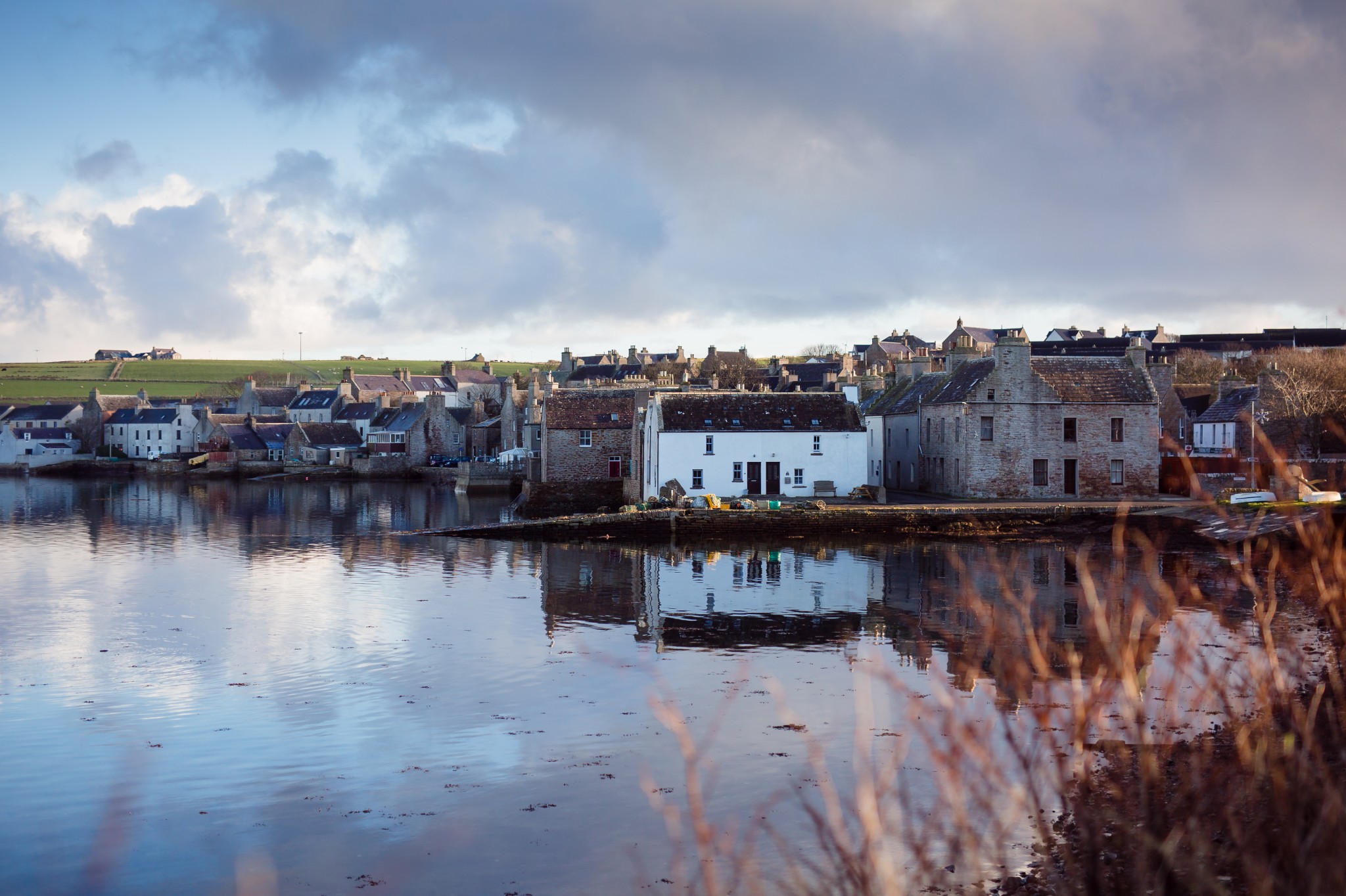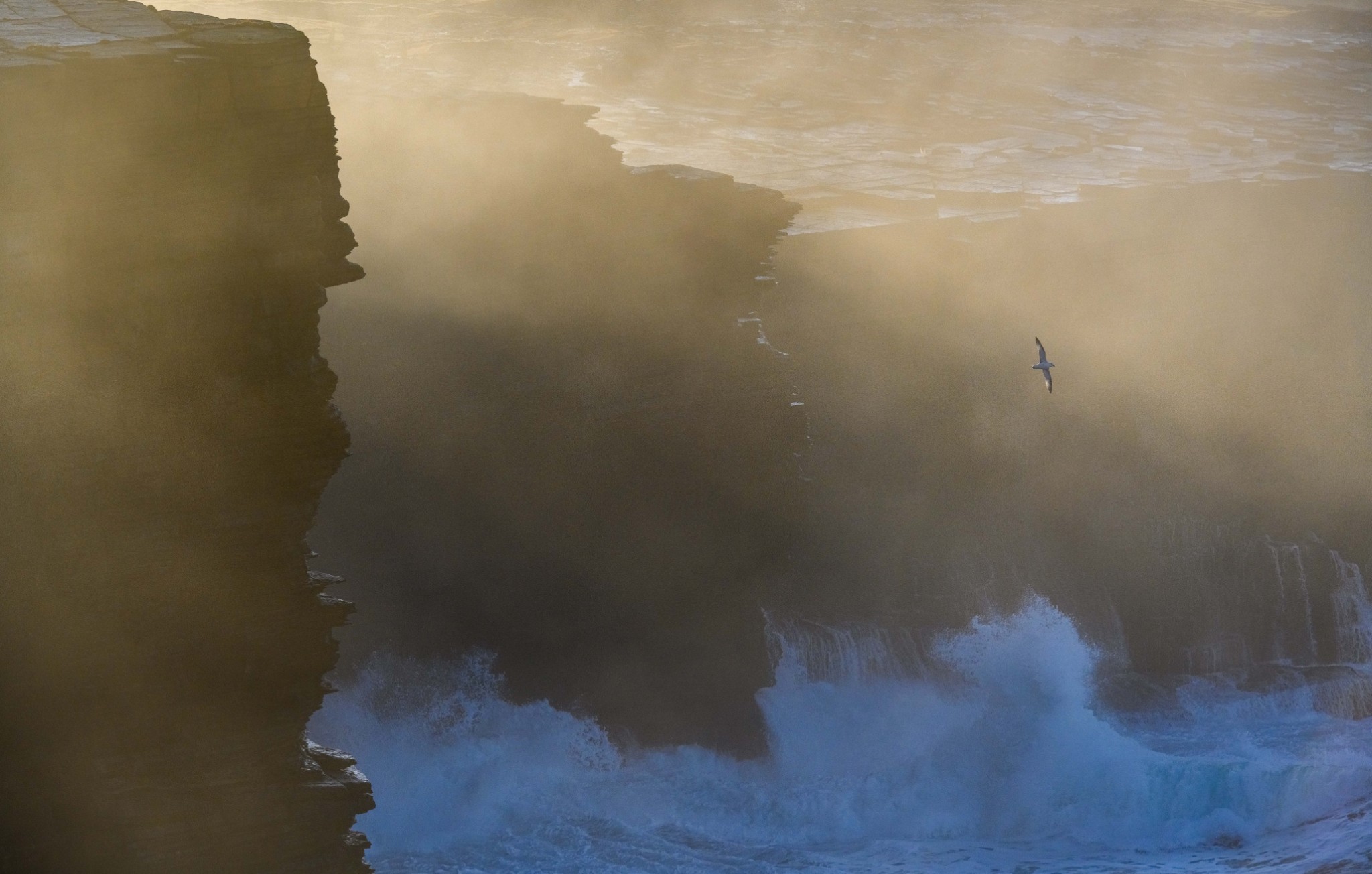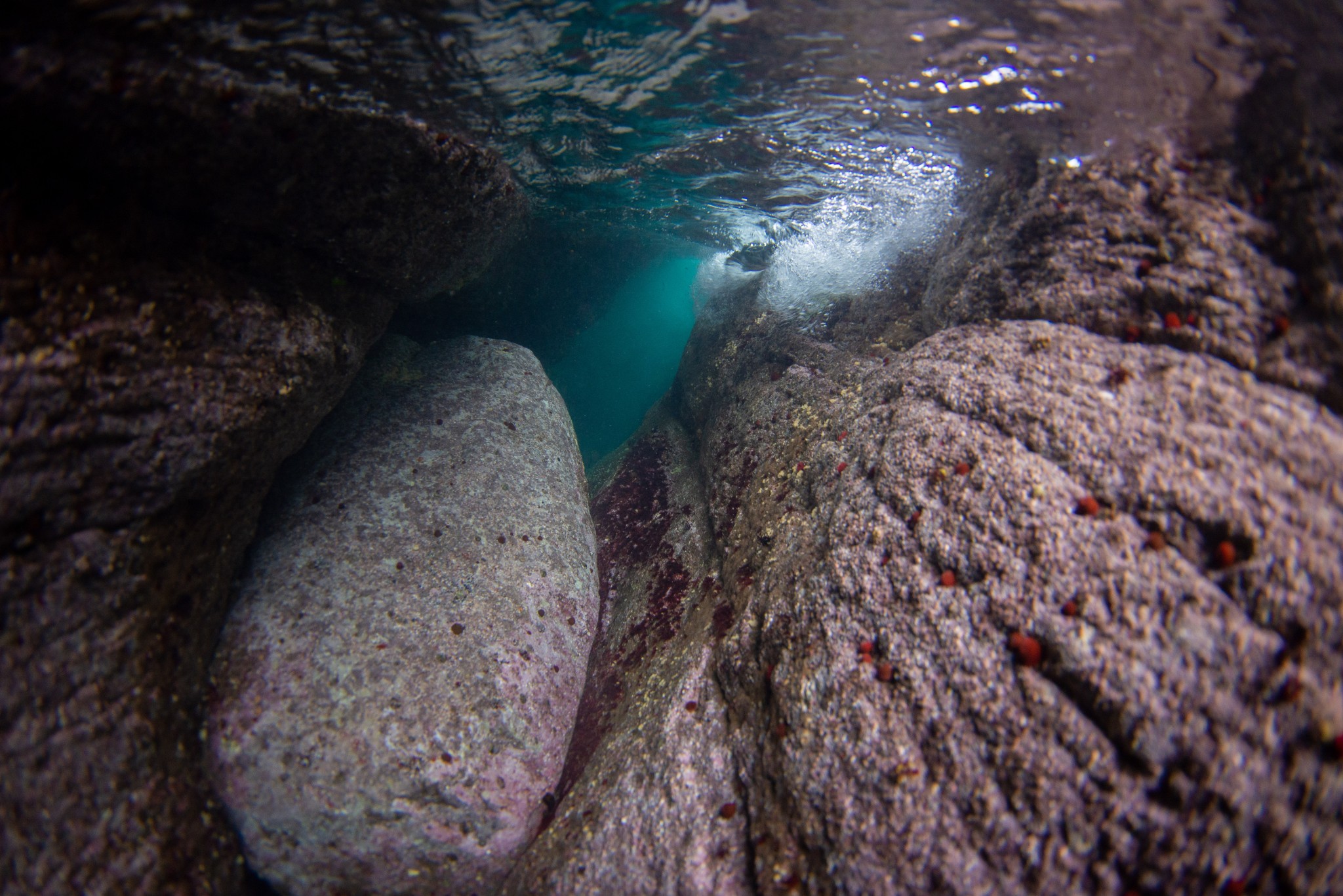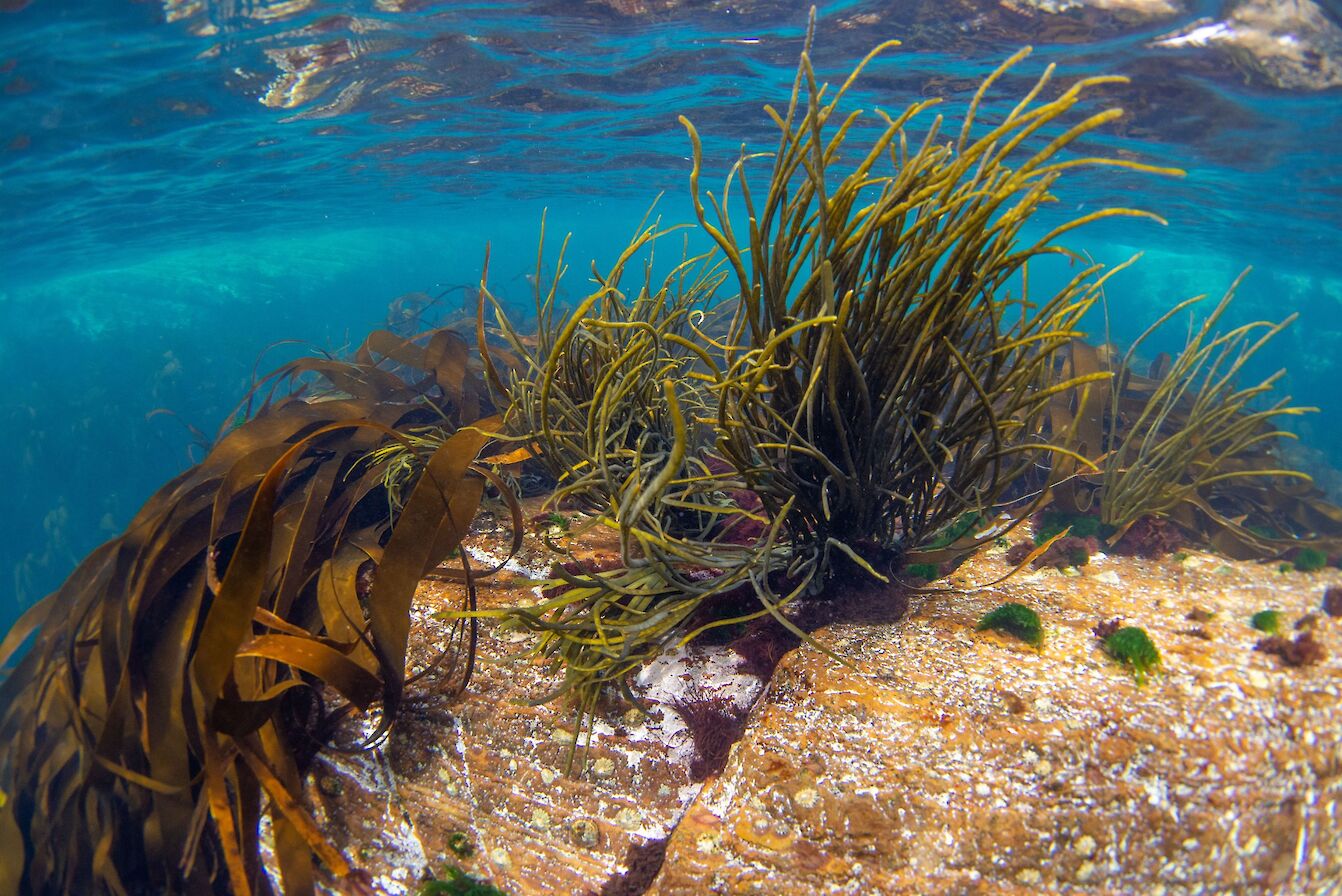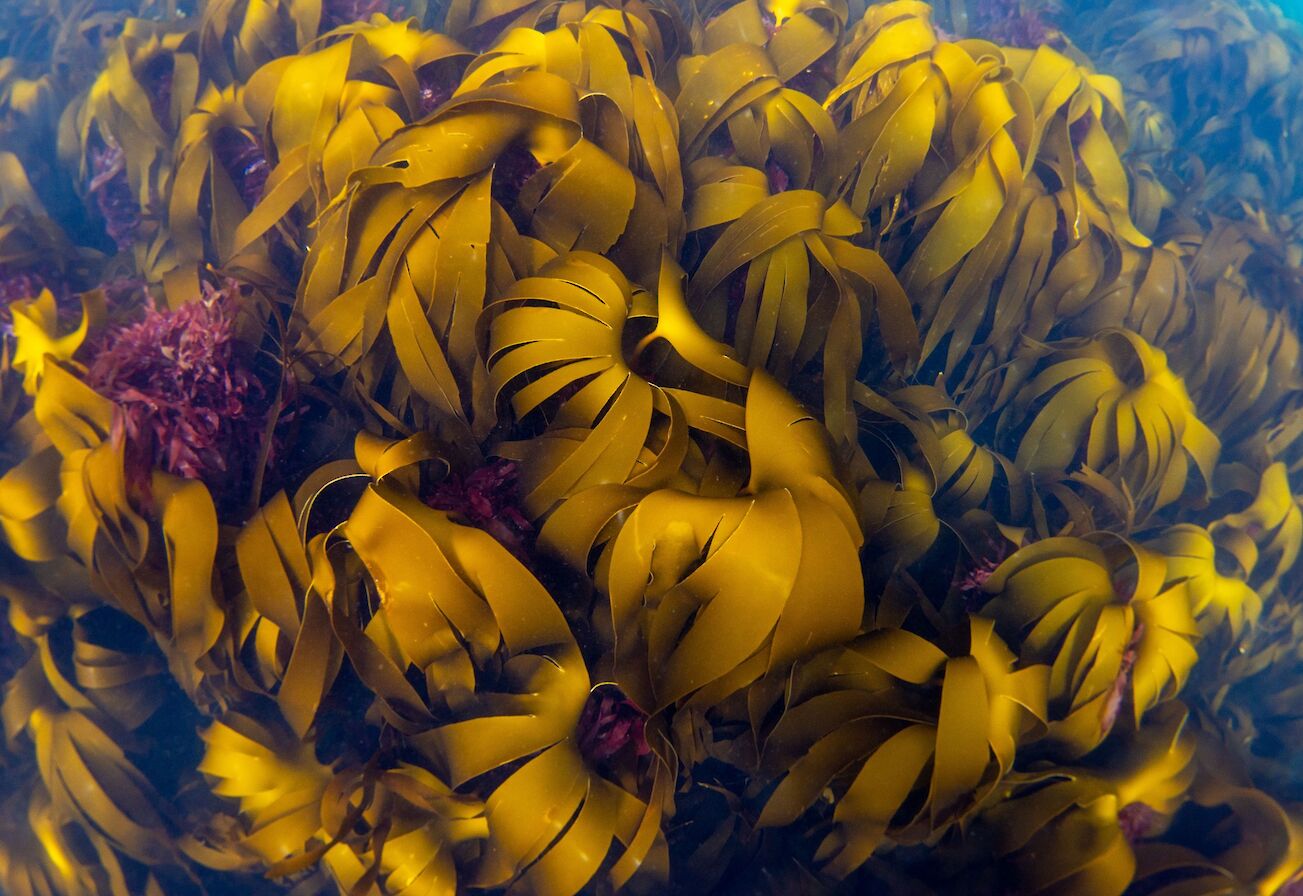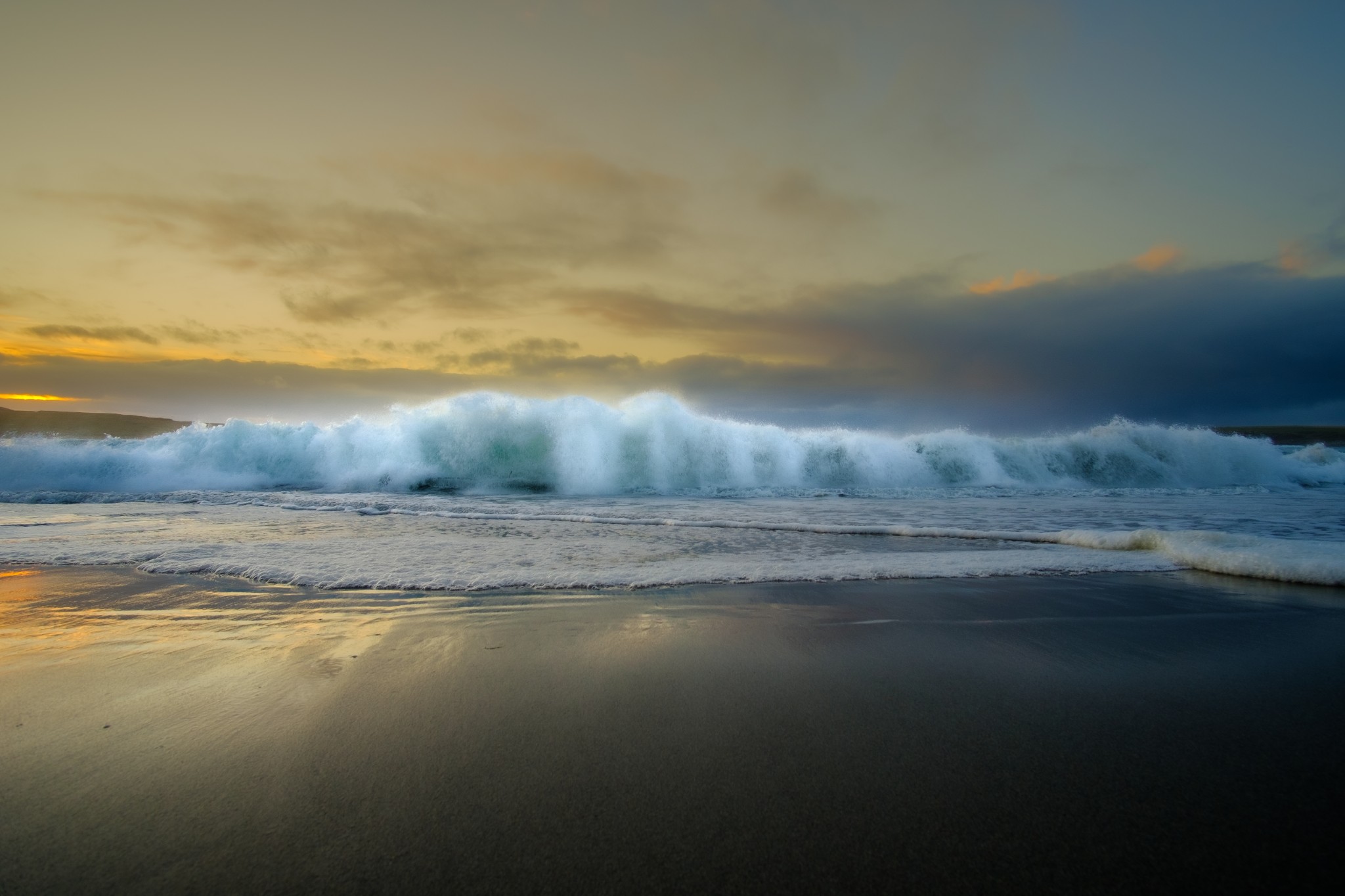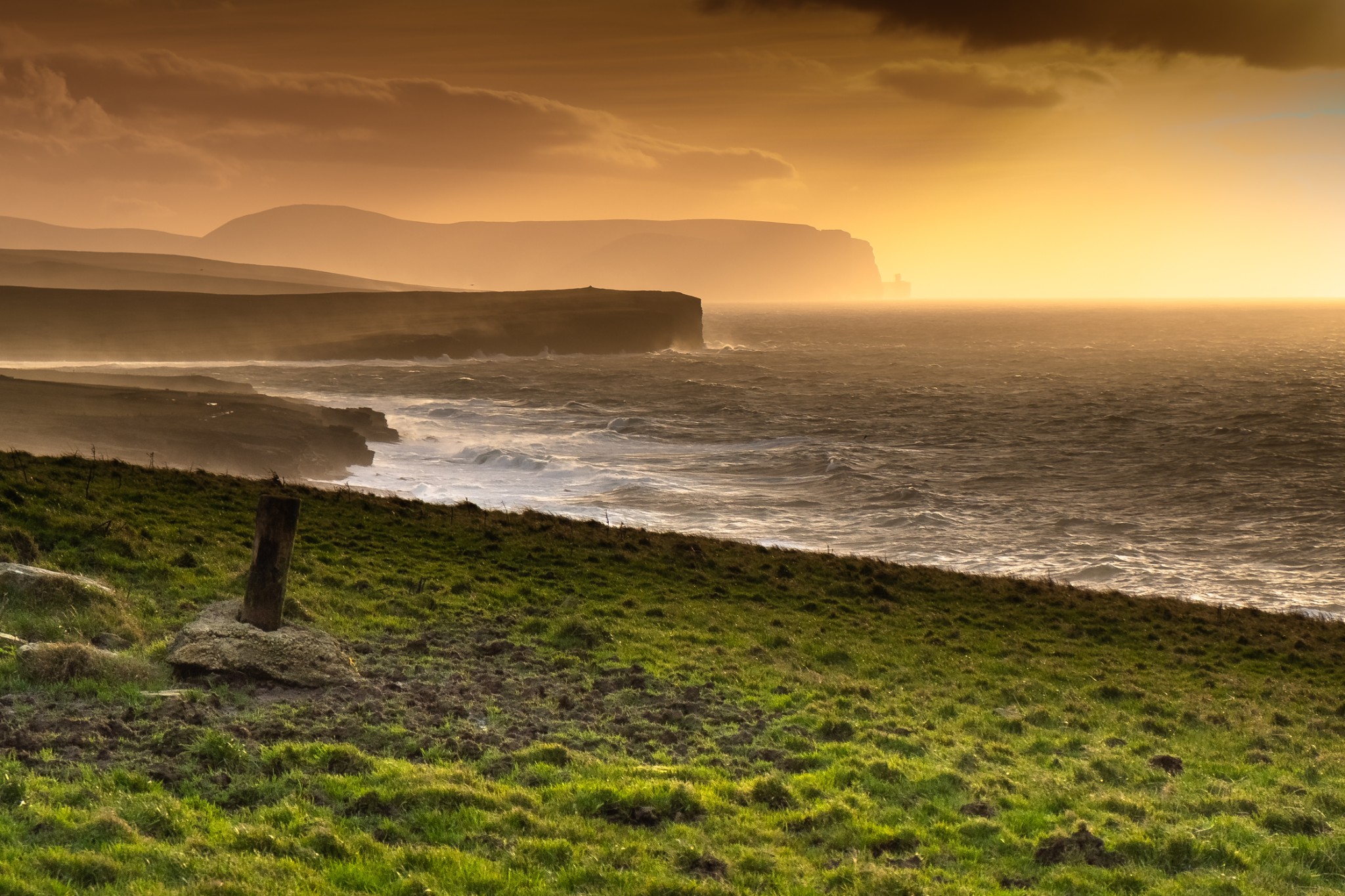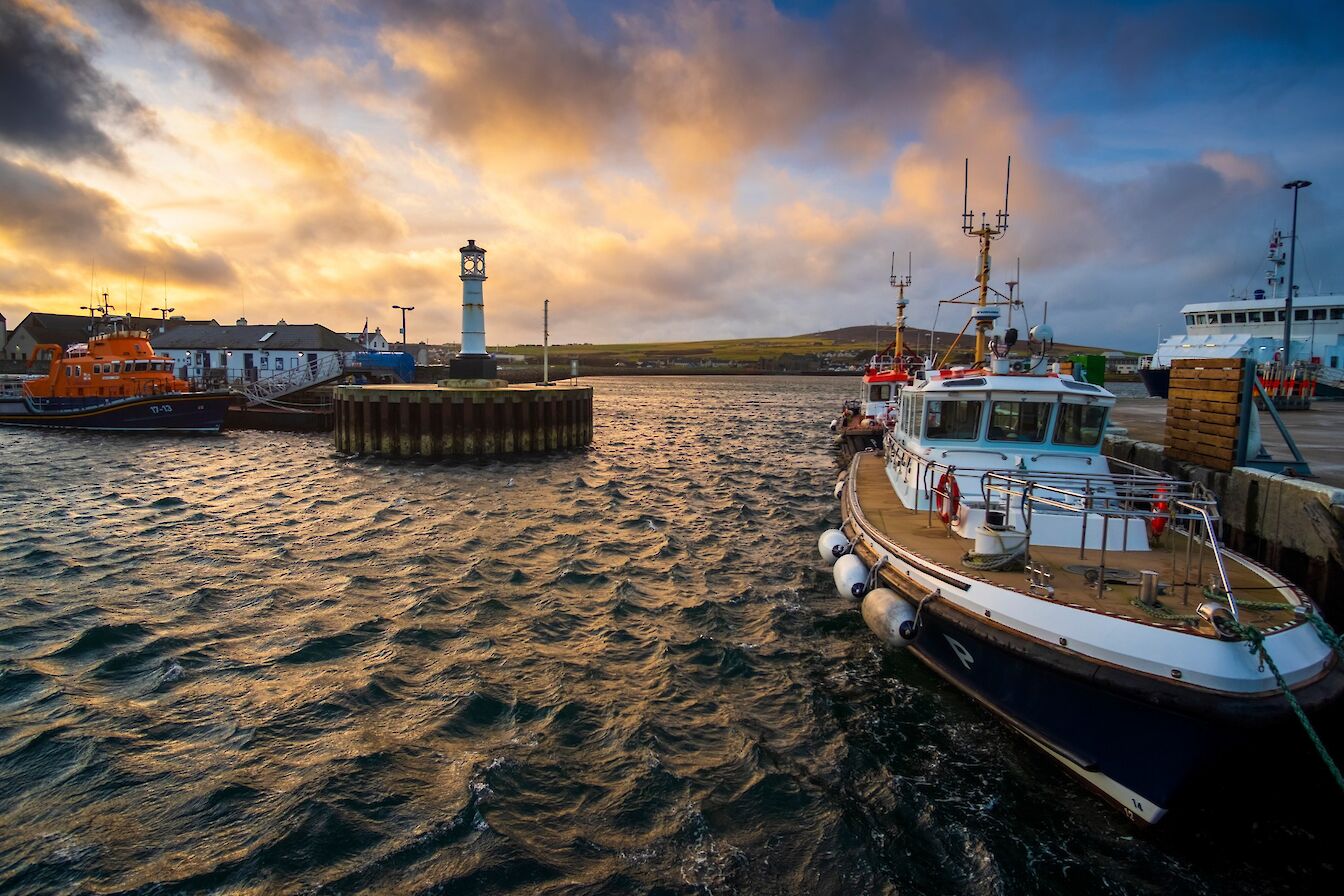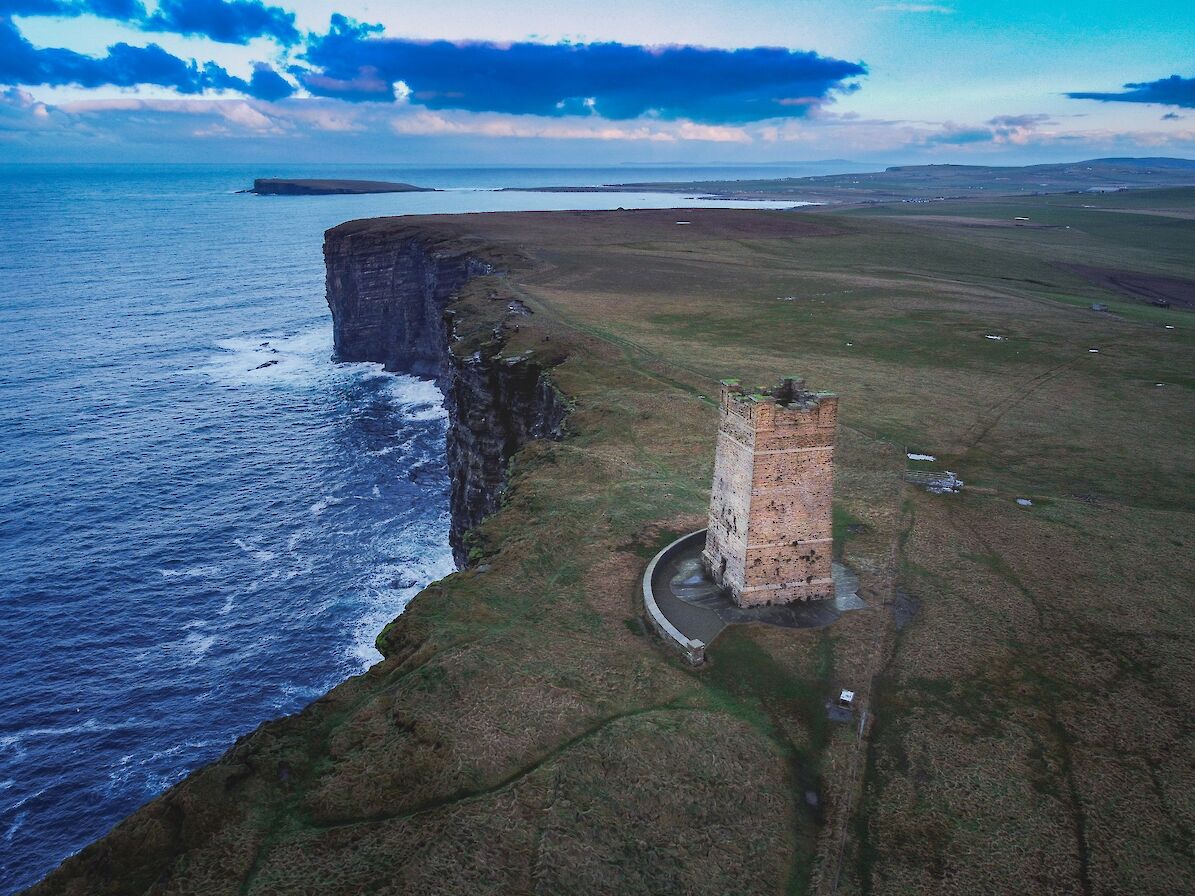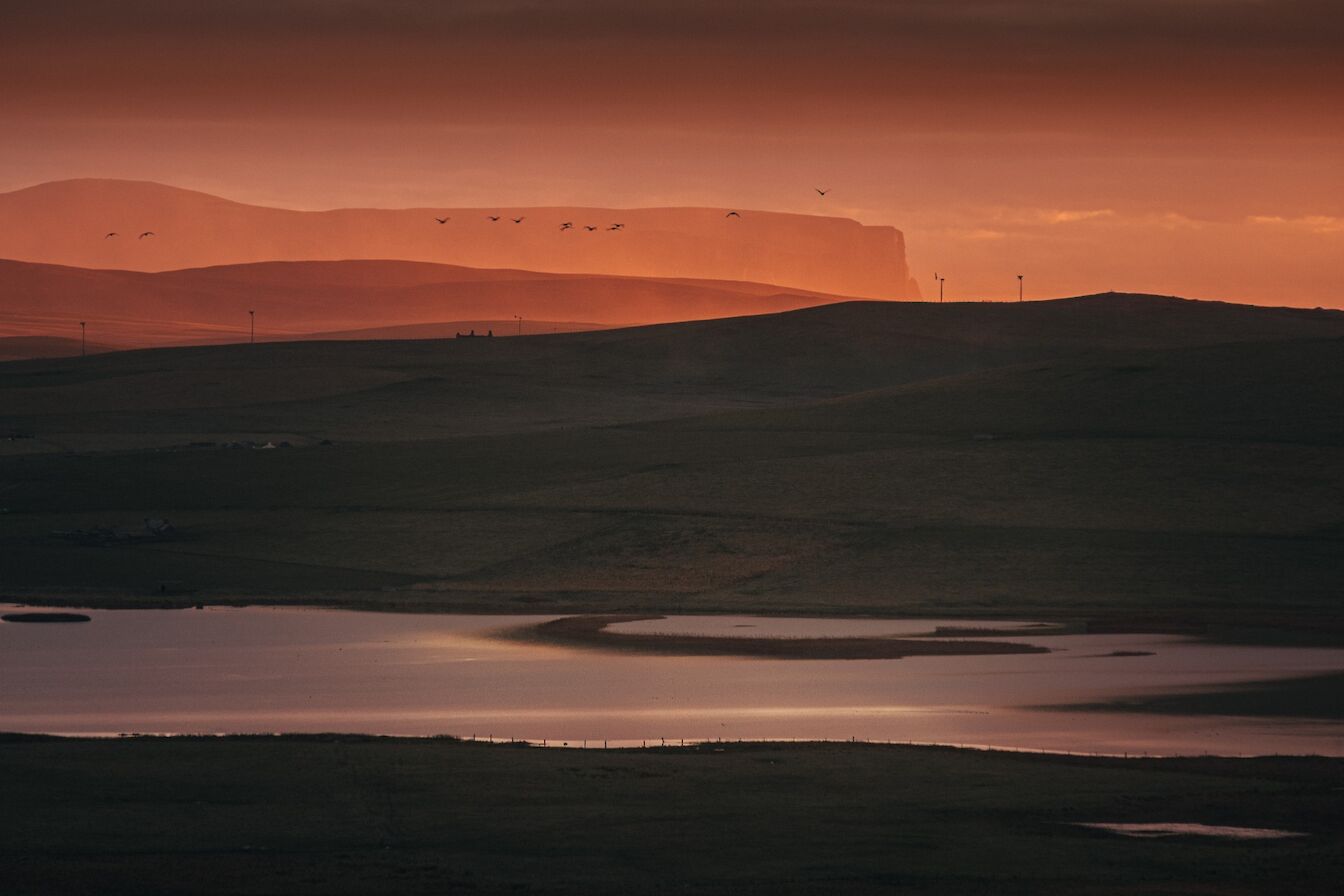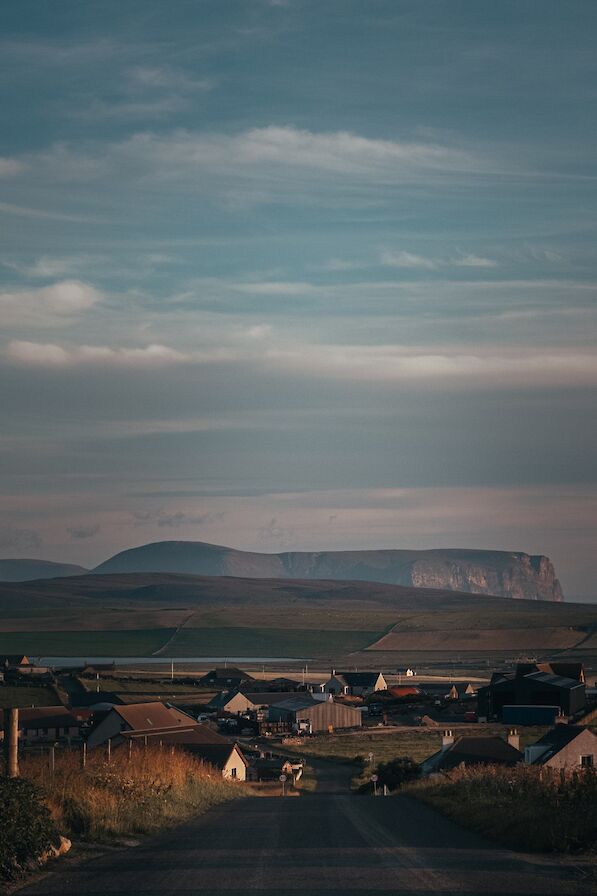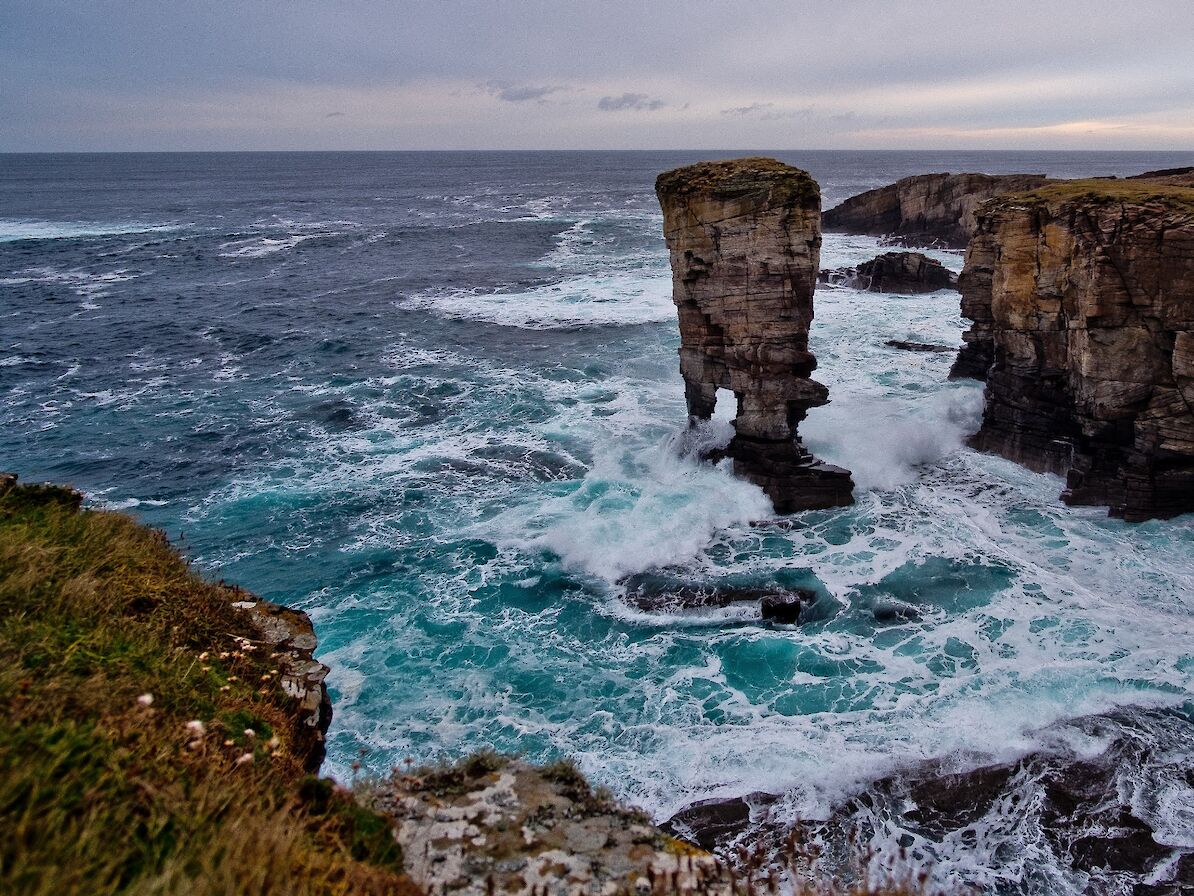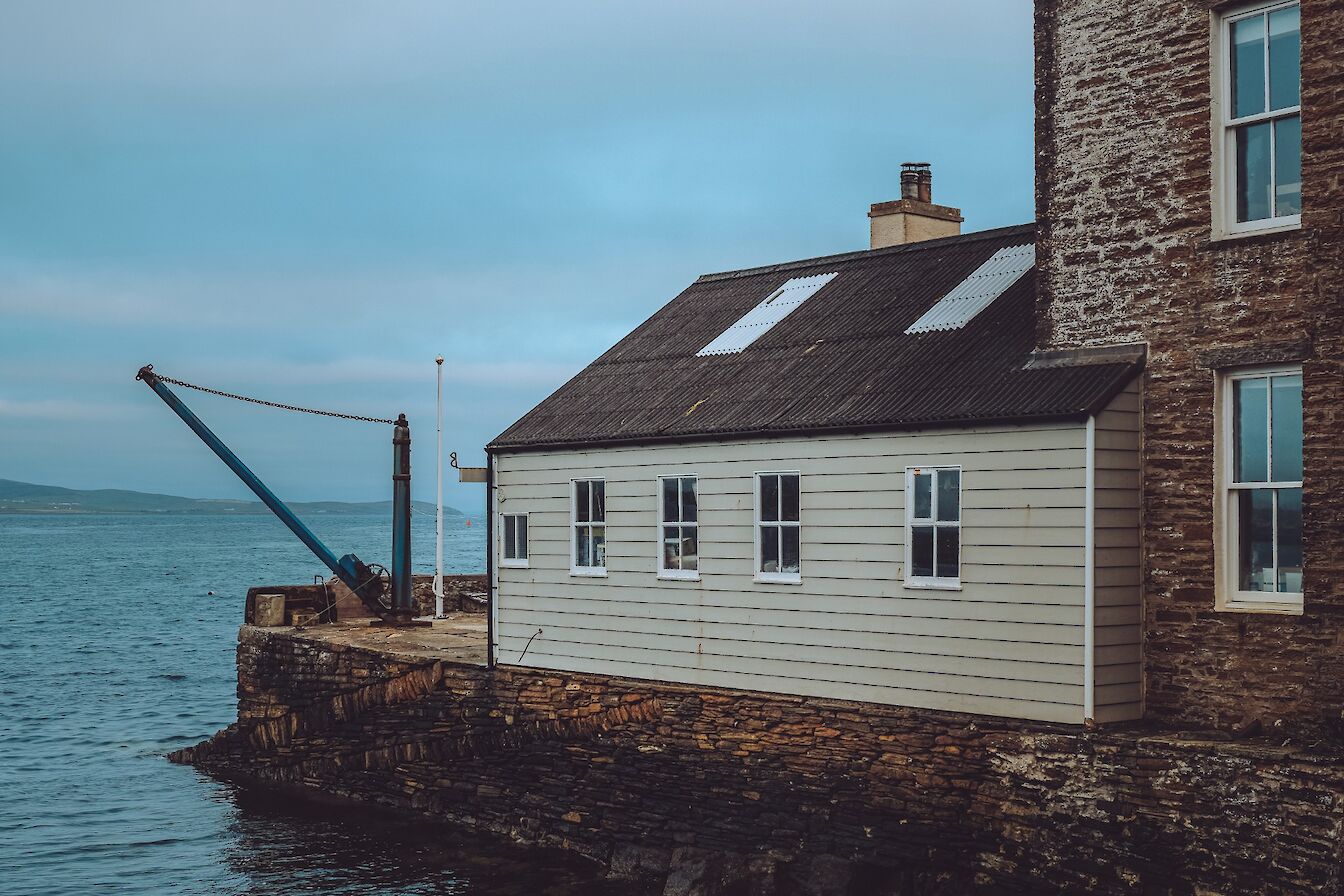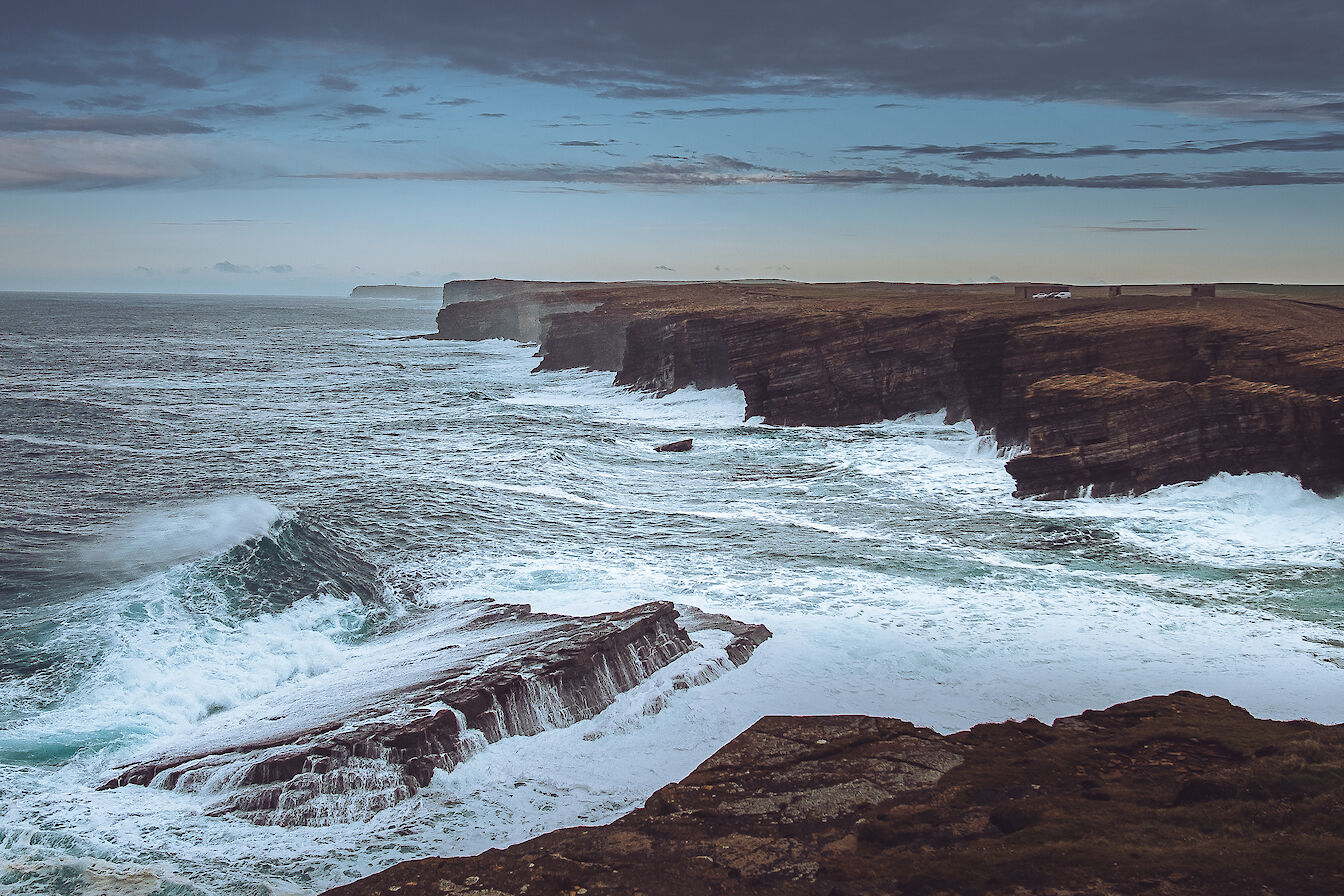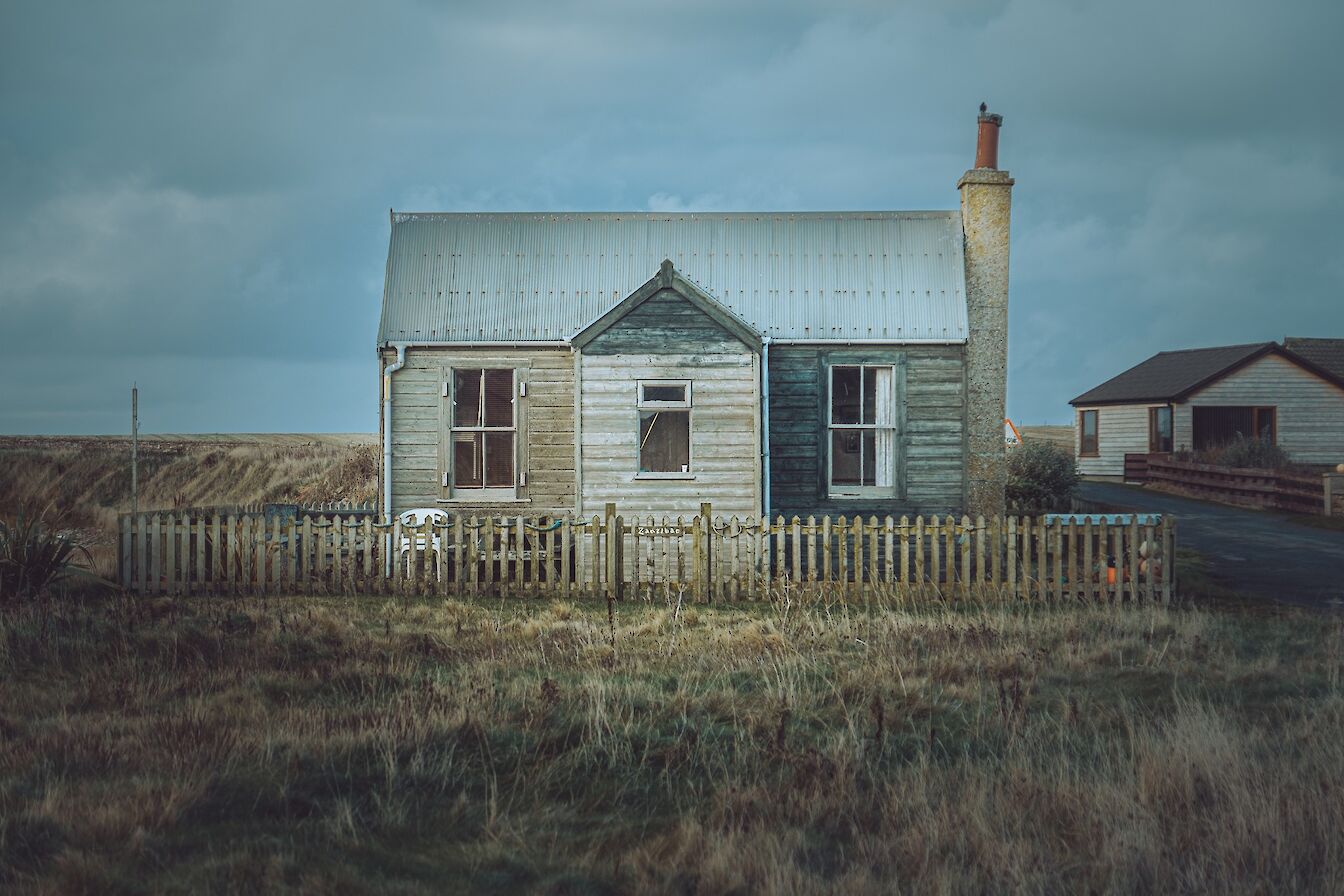Happy New Year from Orkney!
We hope you and your loved ones were all able to stay safe over the festive period.
We’re starting 2021 as we mean to go on, with plenty of features and photos from the islands for you to enjoy. We know you can't be with us just now, but hopefully we'll be able to keep Orkney in your mind over the coming weeks and months.
Keep reading for the latest news, our monthly Wild Orkney update and images from our photographer of the month.
As always, we’d love to hear from you, so keep in touch with us on social media by following the links at the top of the page.
Latest news
Winter in Orkney
 We know that most of you can’t be here with us at the moment, so we’re bringing winter in Orkney to you. Experiencing the elements is one of the most exhilarating things about the islands at this time of year, so hopefully you can get a sense of the season with our latest photo blog. We asked local photographer Rachel Eunson to document December in the islands, and her work took her right across the Orkney mainland.
We know that most of you can’t be here with us at the moment, so we’re bringing winter in Orkney to you. Experiencing the elements is one of the most exhilarating things about the islands at this time of year, so hopefully you can get a sense of the season with our latest photo blog. We asked local photographer Rachel Eunson to document December in the islands, and her work took her right across the Orkney mainland.
Major milestone for exciting energy project
 A ground-breaking new local energy company has been launched to help Orkney make the most of its renewable energy potential. ReFLEX Orkney Ltd will offer a range of green energy services, including a local renewable electricity tariff, electric vehicle leasing options and support with the installation of EV chargers. It’s part of the wider £28.5 million ReFLEX Orkney project and will help place the islands at the forefront of the move towards reducing carbon emissions.
A ground-breaking new local energy company has been launched to help Orkney make the most of its renewable energy potential. ReFLEX Orkney Ltd will offer a range of green energy services, including a local renewable electricity tariff, electric vehicle leasing options and support with the installation of EV chargers. It’s part of the wider £28.5 million ReFLEX Orkney project and will help place the islands at the forefront of the move towards reducing carbon emissions.
Orkney’s renewable stories
 Businesses across Orkney have been embracing renewable energy in recent years and we’ve been focusing on some of these innovative projects in our ‘Orkney’s Renewable Stories’ feature. The latest entry looks at the renovation of the once-grand 19th century Woodwick Mill, a derelict structure in Orkney’s west mainland. Thanks to incredible ingenuity and a nearby dam, hydropower was harnessed to help bring the building back to life.
Businesses across Orkney have been embracing renewable energy in recent years and we’ve been focusing on some of these innovative projects in our ‘Orkney’s Renewable Stories’ feature. The latest entry looks at the renovation of the once-grand 19th century Woodwick Mill, a derelict structure in Orkney’s west mainland. Thanks to incredible ingenuity and a nearby dam, hydropower was harnessed to help bring the building back to life.
Join us on Instagram
 Join us on Instagram where we post plenty of stunning shots from the islands. Make sure you follow Visit Orkney to see new images every week, and you can join in too. Tag your own images and use #VisitOrkney and #LoveOrkney to keep in touch.
Join us on Instagram where we post plenty of stunning shots from the islands. Make sure you follow Visit Orkney to see new images every week, and you can join in too. Tag your own images and use #VisitOrkney and #LoveOrkney to keep in touch.
Wild Orkney
A new year brings new wildlife-watching opportunities. Join local wildlife filmmaker Raymond Besant as he showcases one of his favourite winter locations in Orkney.
The cliffs at Yesnaby on Orkney’s west coast are probably in the top five list of favourite places for Orcadians and visitors alike. It’s easy to see why - they tick a lot of boxes. In some ways, it’s almost too easy. Drive to the end of the road, park up, walk 20-metres looking out to the beautifully shaped headland of the Brough of Bigging and hey presto, a world class scene to take your breath away! For many people this is more than enough, but that doesn’t mean it’s any less admired. I’ve done it myself if I’ve been in the West Mainland; a quick detour on the way home just to get a seascape ‘fix’.
In summer the maritime heath found behind the main parking area is a mecca for those seeking out the tiny Scottish primrose and its magenta flowers, where it thrives in the salt-soaked environment. Even in summer this landscape is never a riot of colour (though the sea pinks are very pretty), and now in the depths of winter it’s more ‘moonscape’ than landscape.
I recently flew my drone here and what struck me as I looked back east from the sea towards the cliffs was how muted the colours looked. But there was also something that really caught my eye – something many of us never really get the chance to see; how pock-marked the cliffs are with large sea caves running deep beneath the cliffs.
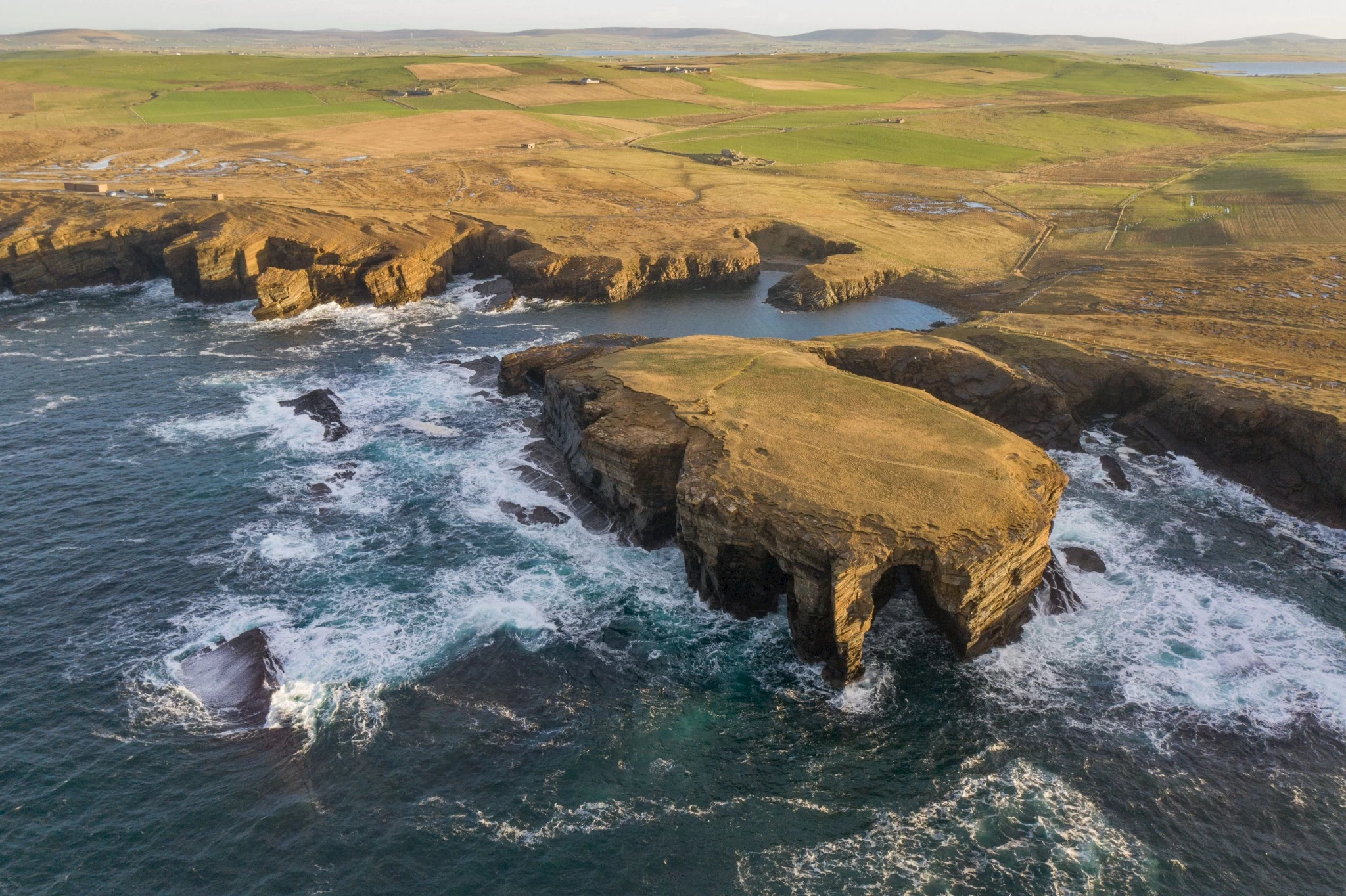
I’m no geologist and the information boards situated at the car park go into much greater depth, but this section of cliffs, running south towards the Black Craig and north towards Skaill are a masterclass in coastal erosion.
You can see almost every stage of rocks eroded since the last ice age by wind and the relentless power of the Atlantic Ocean - caves, headlands, arches, geos and a fine example of a sea stack known as the Yesnaby Castle. Different kinds of rocks exist here and so erode at different rate. Both volcanic rocks and those providing evidence that this area was once a desert can be found here.
My ideal conditions for photography here happen to exist in January and throughout most of the winter. I love it when sea spray is backlit, it just completely changes the atmosphere of a place. There are, however, occasions when the conditions here are really just too rough. These cliffs face the full force of the Atlantic, with the waves sometimes overtopping the cliffs, and there’s very few places to take shelter in such conditions. If this is the case I simply turn around and drive home!
Occasionally however, after low pressure systems have passed through, we can get periods of calm weather. This doesn’t stop the swell though, so large waves power into the cliffs, their energy hanging in the air, creating the impression of mist or fog shrouding the landscape. At this time of year, the sun is predominantly in the south which is ideal for lighting up and softening the sea spray. The dark cliffs cut off the low winter sun and so straight lines and shafts of light are common. What I really want is a fulmar to sweep through the frame to give a sense of scale.
Fulmars are common here but not always present, coming and going as they please throughout the winter. One bird that has always been seen offshore here is the gannet, a large robust seabird that covers vast areas in search of food. There’s nothing quite like the sight of seeing one with its pure white plumage and yellowish head plunge diving into heavy seas. Occasionally however, they do land on the cliffs here. Perhaps this will become a more common sight in the years ahead. Gannets have started nesting on the cliffs further north at Marwick Head, a welcome addition to the sights, sounds and smells of our seabird colonies.

I’ll admit if the wind is blowing particularly hard, I can feel a bit intimidated. If this is the case then I head south from the car park towards the Noust of Bigging, it can be a touch slippery here at times so watch your footing. The little pebble shore is an ideal place to watch the massive crashing breakers and more often than not you’ll have a grey seal for company, effortlessly riding out the conditions no matter how big the waves. This area is also good for eider ducks, shags, fulmars and rock doves. Keep an eye out too for the odd peregrine falcon whizzing past.
The smell of the salt spray and the visually arresting sights can be a little overwhelming, but I would urge you to think a little more about what that grey seal sees underwater. You might imagine that little could live in such violent conditions but I was lucky enough to snorkel here in the summer when the conditions were benign.
The ‘landscape’ under the water is equally as stunning. The bay in the Noust of Bigging holds a fantastic thriving kelp forest, the vibrant mustard-coloured fronds swaying in the swell and the kelp ‘stipes’ often festooned with red seaweeds and a nursery to many small fish. Closer to the cliffs it’s easy to see the evidence that this is a high energy environment with only the hardiest creatures like limpets and beadlet anemones able to withstand the exposed Atlantic conditions.
I was able to swim through the archway underneath the Brough of Bigging that leads to a complex of open sea caves and displays of some wonderful ‘spaghetti weed’ or thong weed which excels in these environments. This was, however, in flat calm conditions in the height of summer. For now, whilst the short daylight hours are to be treasured, I would recommend parking up, looking out to sea for those gannets with a flask of hot chocolate, admire that southerly sun softening the sea spray and enjoy the easy, but still world class, view.
Find out more about Raymond’s work via his official website. You can also find him on Facebook, Twitter and Instagram.
His new book, 'Naturally Orkney Volume 2' is out now, focusing on Orkney's coastline and all the sights and species that can be found there. You can order your copy online.
Focus on photography
Every month we share some images from a talented local photographer, each with their own take on Orkney’s scenery. Dave Neil kicks off 2021 in style.
I’ve always had an interest in photography and remember snapping away on an old Kodak Instamatic camera with flash cube when I was peedie. I got my first digital camera soon after joining the Navy to allow me to capture images of my travels and I soon upgraded to a Canon DSLR which allowed me to learn the technical aspects of photography (I’m still learning).
I currently use a Fujifilm XT-2 mirrorless camera with either an 18 – 135mm zoom lens or a 12mm wide angle prime to take in the stunning vistas Orkney has to offer. To capture a slightly different perspective I use my DJI Mavic Mini drone. I’ve also started to experiment with film photography since inheriting my Grandad’s 1980 Chinon 35mm SLR and can occasionally be seen with my Polaroid instant camera too.
I’m spoiled where I live in the West Mainland of Orkney as I have fantastic views of the coast, the Hoy hills and on a clear day, the Scottish Mainland from my front door. My naval background draws me to the sea, but I also love the rich colours that Orkney presents in the sky and in the agricultural landscape. Orkney is a photographer’s paradise with a huge variety of subject matter to draw on for inspiration, from the stunning seascapes and thriving wildlife to the winding streets of Stromness and fantastically preserved Neolithic sites.
Orkney can also be a challenging place to take photos. The days are very short in winter and the weather can be extreme at times, but the rewards make it worth the effort. The short winter days mean that the sun sits low in the sky, casting warm light and creating dramatic shadows. The stormy winter weather provides a dramatic backdrop for coastal photography too. The short winter days also mean long summer days with good light well into the night.
There are few places that can match Orkney’s diverse and rich visual palette and it should definitely feature at the top of every photographer’s list of places to visit and explore.
And finally...
Thank you for taking the time to read our latest newsletter. We hope it has brought you a small slice of island life as we hopefully look forward to brighter times ahead in 2021.
We’re always keen to hear from you too - share your news, views and comments on the newsletter, Orkney.com and your Orkney experiences with us on Facebook, Twitter, Instagram or E-mail.
In the meantime, it's cheerio from Orkney for now.
The Promoting Orkney project has been part financed by the Scottish Government and the European Community Orkney LEADER 2014-2020 Programme.
